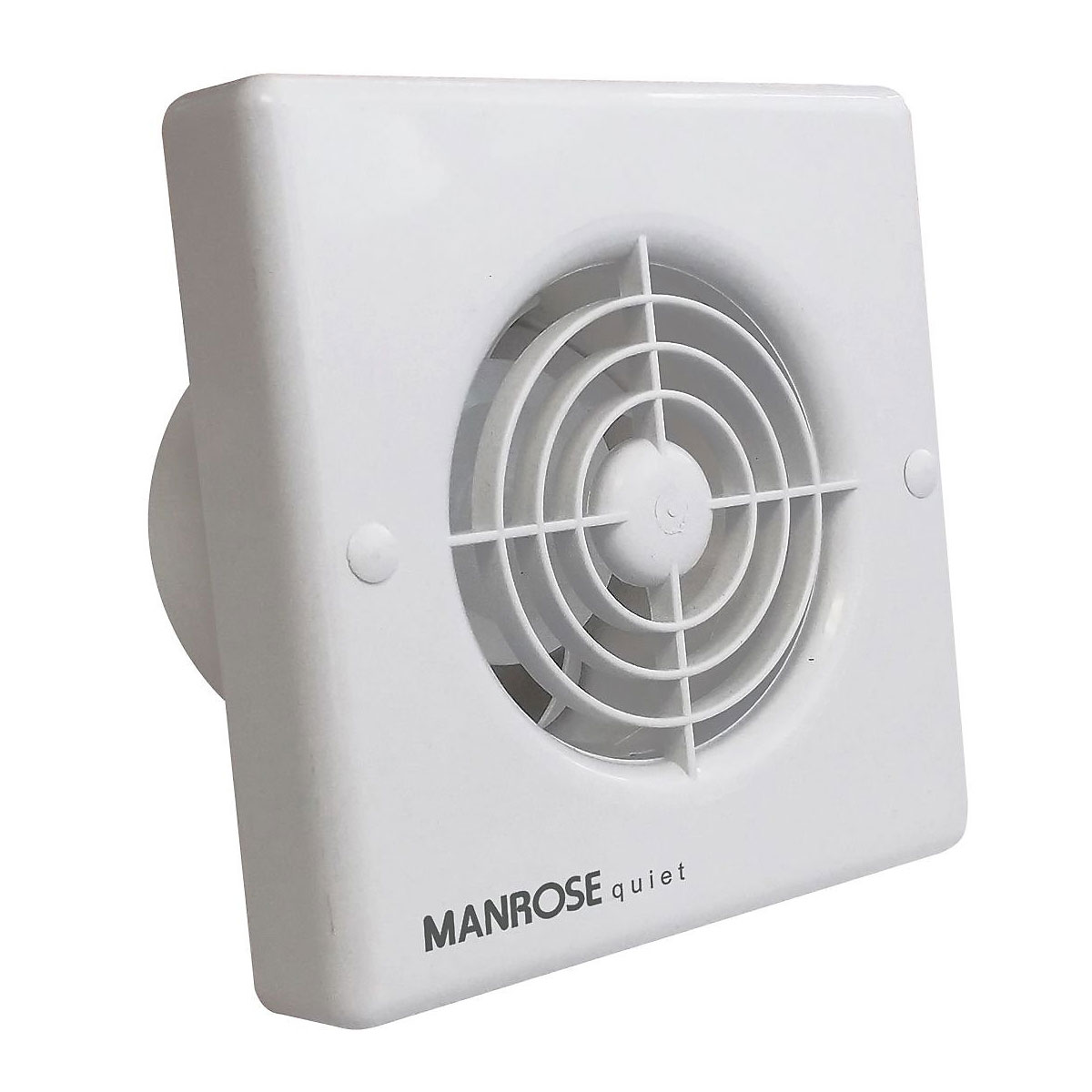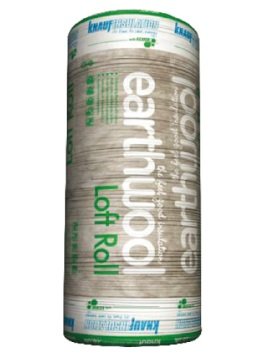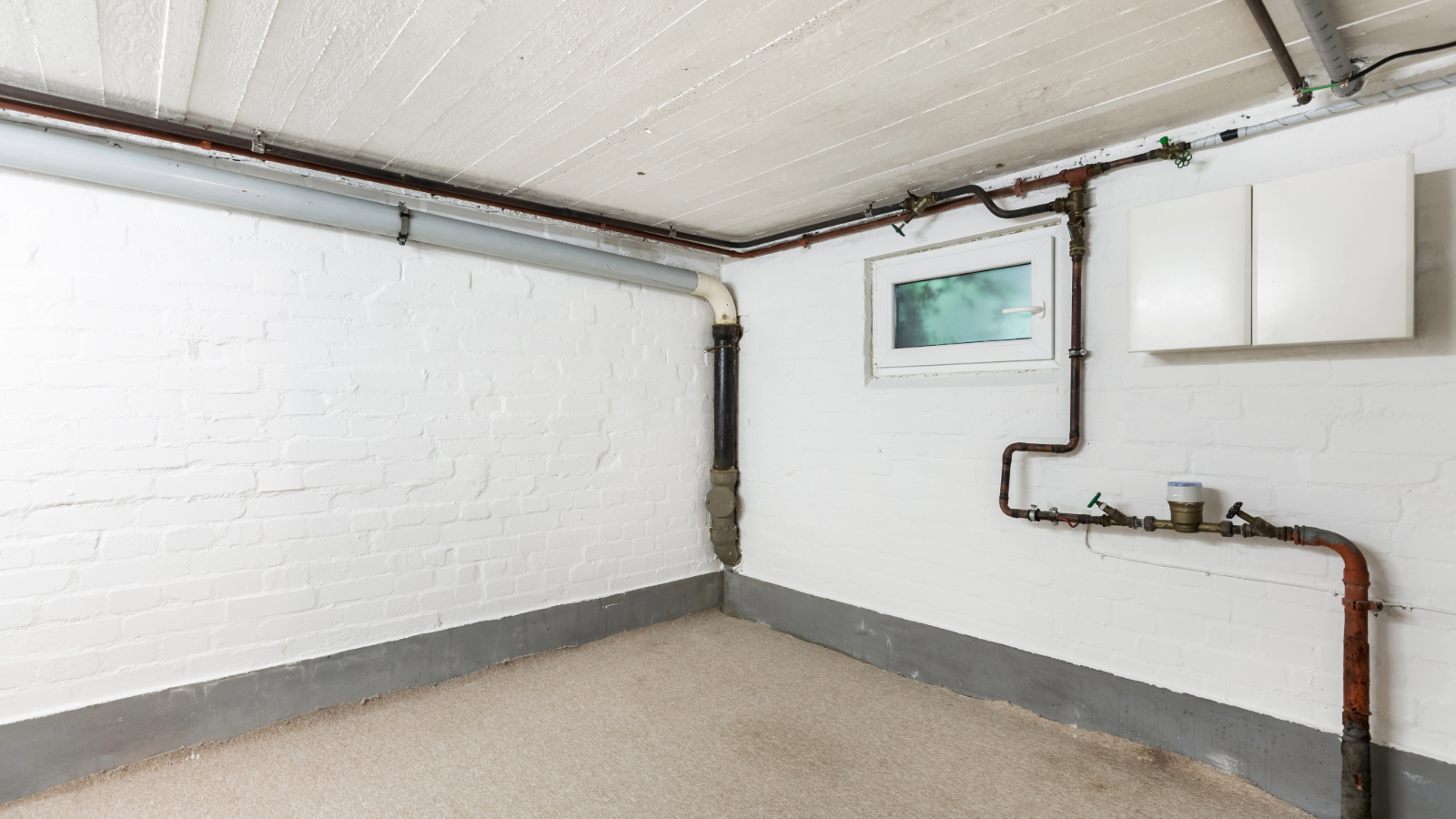The telltale signs you've got condensation in your loft — and how to solve it
Condensation in loft spaces is unwanted and unhealthy. Get expert advice on how to combat moisture, reduce humidity, and keep your loft dry
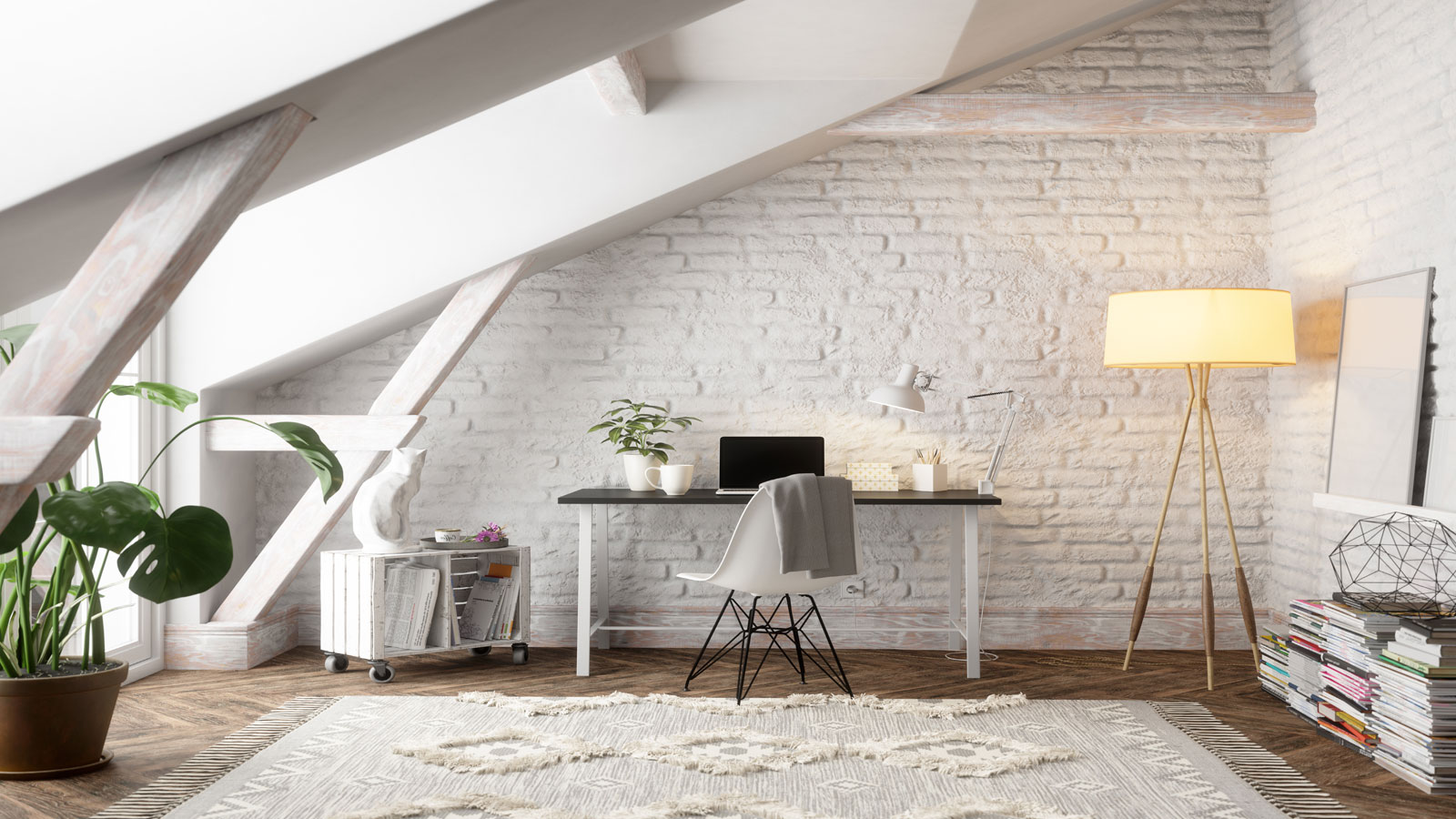
Condensation in loft spaces is something that can easily be ignored, especially if you rarely venture into the space. There may not be any visual clues around the ceilings upstairs. But, when you enter the loft and you’re greeted by a heavy musty smell and/or damp timbers, it's a sign you have an issue.
Unlike window condensation it's not always easy to spot condensation in a loft. But it is something that you should check on a regular basis, especially when the climate changes from warm to cold. A simple ‘head and shoulders’ inspection – open the hatch and shine a torch around the loft – will help spot the condensation clues.
Here the pros reveal the common causes, the signs to watch out for as well as how to potentially solve it.

Ian Rock is a chartered surveyor (MRICS) and a director at Rightsurvey.co.uk. He advises on the design and construction of home extensions and loft conversions, including planning and Building Regulations compliance.
Tell-tale signs of condensation in loft spaces
The most obvious sign of trouble ahead is that pervasive mouldy smell, sometimes accompanied by black mould staining evident on roof timbers. Look a little closer and you may see small sweat-like globules of water forming around unlagged pipework, water tanks or on ducting for extractor fans. You can read more on 'what is condensation' in our guide.
In severe cases you might see beads of moisture dripping from the cold undersides of the roof tiles. This may explain why condensation is sometimes referred to as ‘indoor rain’.

James has nearly two decades of experience under his belt in the energy sector and is the founder of his own award-winning business energy consultancy.
What causes of condensation in loft spaces?
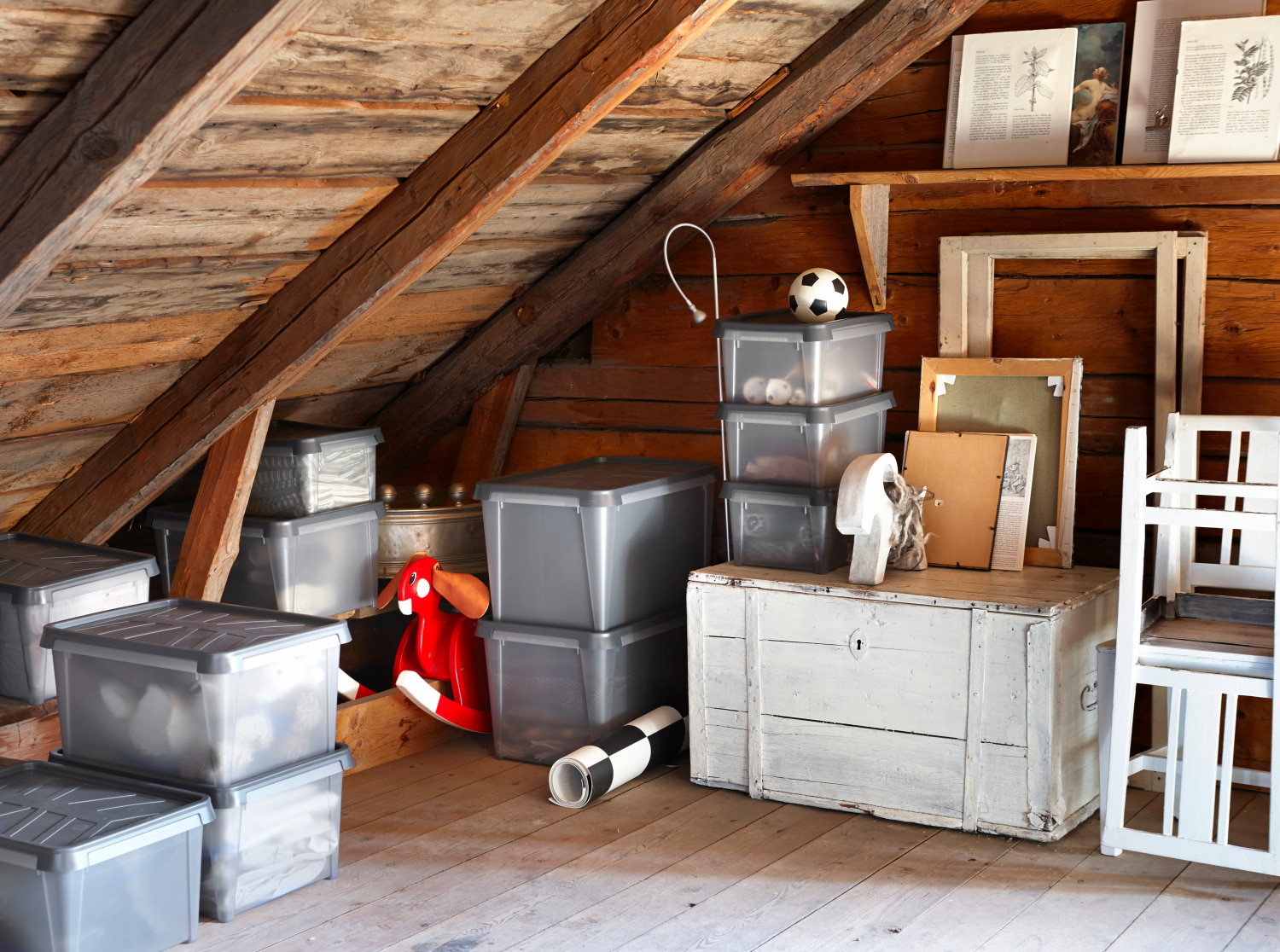
If you live in a poorly ventilated home you may have already looked into how to stop condensation on windows; but it's helpful to understand what causes condensation in the first place. James Longley, MD and Founder of Utility Bidder, says, "The main source of condensation in a loft space is poor ventilation. Heat and steam will naturally rise and with the loft being the highest point of a property, moisture can travel upwards and circulate in the loft."
He adds, "This will result in condensation forming which is why it’s important to add some form of ventilation to your loft."
Bring your dream home to life with expert advice, how to guides and design inspiration. Sign up for our newsletter and get two free tickets to a Homebuilding & Renovating Show near you.
Here's how condensation will usually occur in your home:
Moisture in the air: We humans, our pets, and even houseplants naturally generate moisture. Add in activities like drying clothes indoors and cooking with gas, and you've got a recipe for excess moisture. If this moist air doesn't find a way out of your house, it will seek out cooler areas, with lofts being a prime destination.
Improved air tightness: If you've upgraded your older home, you might notice warmer room temperatures with minimal air flow. ‘Hermetically sealed’ rooms tend to have warmer room temperatures with minimal air flow, so the risk of higher humidity becomes greater, especially in kitchens and in bathrooms with steamy showers. When this warm, humid air finds its way into cold lofts it can't hold as much moisture, causing it to condense into water.
Pathways into roof spaces: Most homes have a variety of cracks and gaps in top floor ceilings without which the problem of damp from airborne moisture would be significantly reduced. Poor levels of insulation also make it easier for humid air to find its way through gaps into lofts.
Try these products to help stop condensation in lofts
How serious is loft condensation?
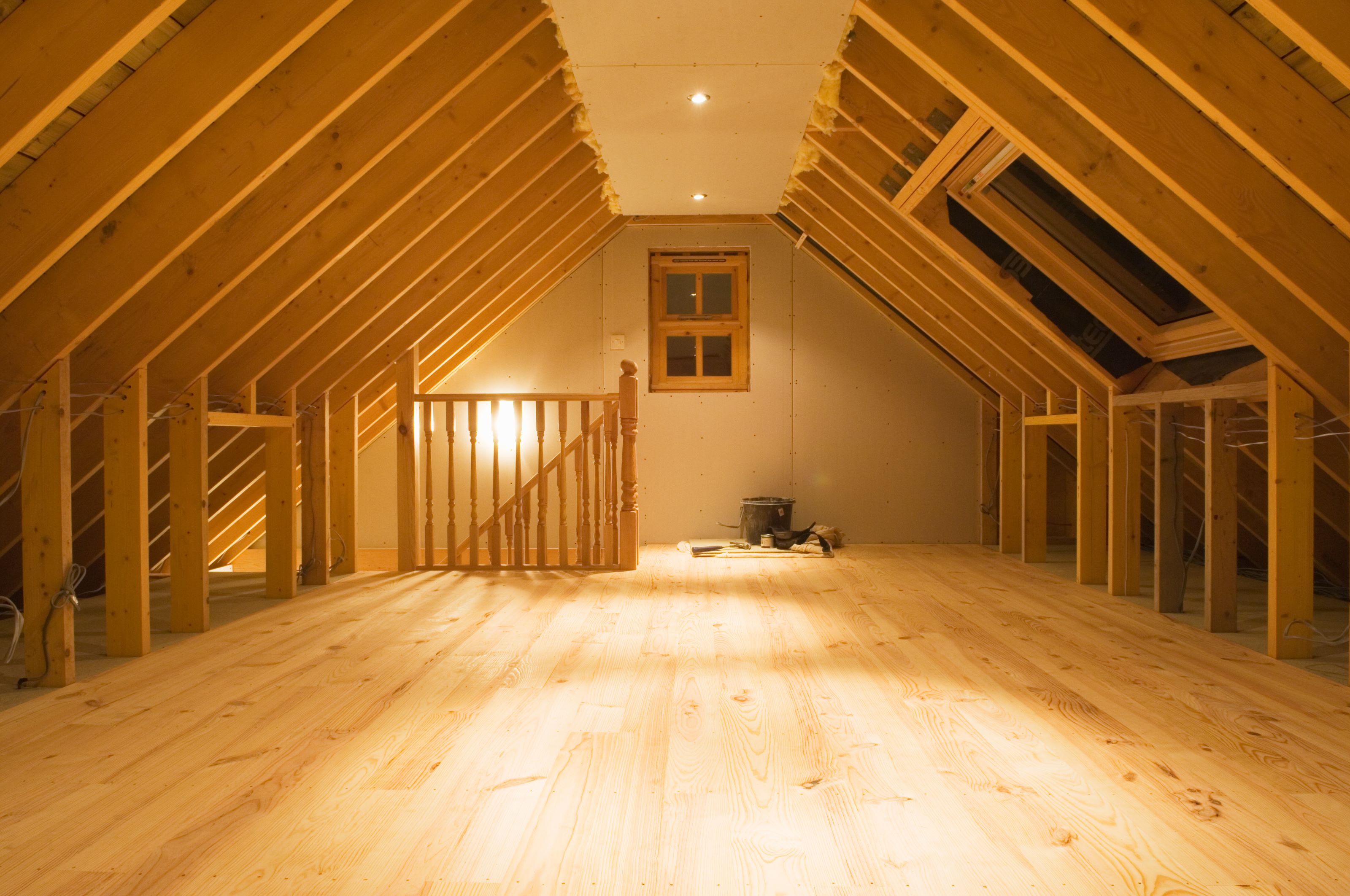
Relative Humidity (RH) is a measure of how much moisture the air is holding at a given temperature. This indicates how close the air is to being saturated and reaching its 'dew point' where water vapour condenses back into water. RH should normally be between about 45% and 60% to prevent potentially harmful mould spores growing.
So what is normal humidity in a house? Well, normal levels of humidity in a home should be in the 50-55% rh range. But in colder months, you want to be a bit more vigilant, as the risk of condensation increases. To be certain, a surveyor’s damp meter can be very useful to ascertain moisture readings in roof timbers, which should be no higher than about 18%.
A little moisture in the air isn't a big deal, but when it starts to accumulate, watch out. There shouldn’t be any condensation evident in a properly maintained roof space, so if you don't notice any signs of dampness in your loft you're probably in good shape. If there are signs of condensation, don't be tempted to ignore it. If high moisture levels are allowed to persist, you could run into a number of issues, including:
Fungal decay and structural damage: Damp timbers will eventually be at risk of fungal decay or can become attractive to woodboring beetles, which in severe cases can ultimately lead to structural failure.
Ceiling damage: Water dripping down from the loft can cause damp patches and heat loss in rooms below.
Weakened timber and hidden damage: Water tanks and hidden areas can suffer long-term damage if condensation persists.
How to stop condensation in lofts
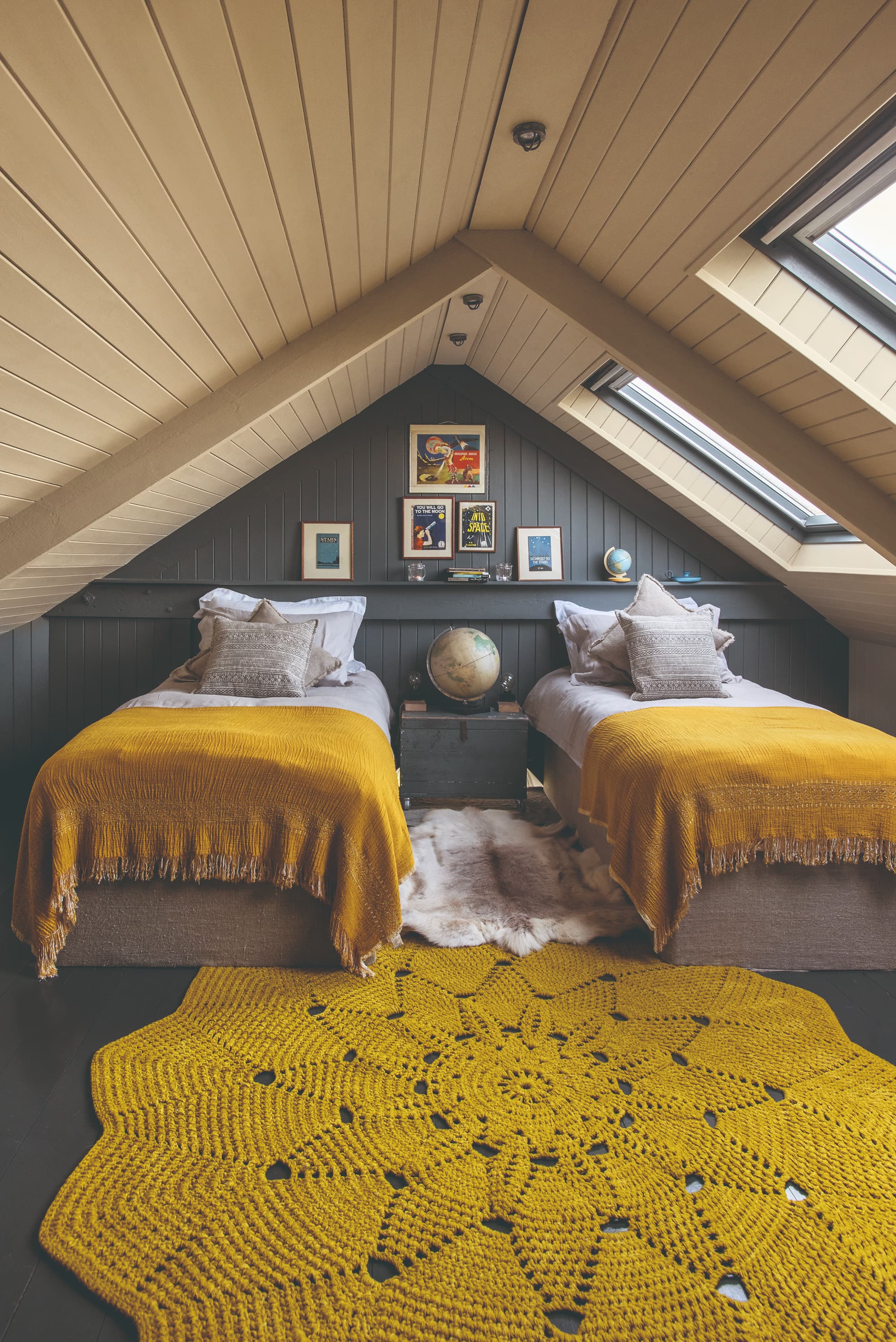
If you're scratching your head wondering how to stop condensation, fear not! There are a few practical solutions to combat damp lofts:
1. Convert the space: You could try converting your roof space into habitable accommodation, so it’s no longer cold. A lived in space will stay much warmer than a cold disused loft.
2. Improve ventilation in your home: If saturated air is allowed to enter a roof space it will likely start to condense on cold surfaces if the atmosphere in the loft is ‘stagnant’ with little or no ventilation to help dry it out. Over-zealous stuffing of loft quilt is a misguided draught-proofing measure. Instead, vents from eaves or ridge tiles etc must always be kept clear. Building regulations stipulate that a ventilation path must be maintained beneath roof tiles.
3. Install a breathable vapour barrier: As I mentioned above, insulation alone might not be enough to combat condensation in lofts. These problems can still occur where the roof slopes have been lined with thick layers of insulation. Without an effective vapour barrier membrane incorporated within the insulation, warm air laden with water vapour can find its way past the insulation to the cold undersides of the roof tiles where it condenses into water. Such ‘interstitial’ condensation is particularly insidious because, hidden within the structure, it can be quietly wreaking havoc behind the scenes for long periods of time before anyone notices.
4. Stop humid air getting in: To reduce humidity in a house you will need to seal gaps around loft hatches or holes cut for pipes, cables or recessed lighting, and fill any shrinkage cracking in plasterwork. If you were building from new, it would be advisable to incorporate a vapour control membrane within the top floor ceilings to provide an effective barrier to bar moisture ingress through the loft floor.
How much does it cost to reduce condensation?
The good news is that it shouldn’t cost much to significantly reduce the risk of damp problems in your loft caused by condensation. Preventing excessive humidity and moisture building up in areas with poor air circulation is key to preventing condensation.
Installing or upgrading individual extractor fans to bathrooms and kitchens should take no more than a day’s labour plus £150 for a good quality fan with a humidistat timer. As for other damp-proofing solutions, many of these can be done on a DIY basis to save your pennies. For instance, sealing gaps in top floor ceilings requires localised attention with filler or possibly some minor plasterboard repair work. Improving loft insulation and ensuring loft hatches fit snuggly is relatively cheap and easy, and may even qualify for a Government grant-funded installation. Clearing blocked ventilation pathways in lofts should also be a realistic DIY job.
One way to help get rid of condensation in a loft is to insulate. Find out much you might have to pay with our Loft insulation costs guide. If you want to save money check out our How to insulate a loft guide and How thick should loft insulation be to get it right.
Chartered surveyor Ian Rock MRICS is a director is Rightsurvey.co.uk and the author of eight popular Haynes House Manuals, including the Home Extension Manual, the Self Build Manual and Period Property Manual.
Ian is also the founder of Zennor Consultants. In addition to providing house surveys, Zennor Consultants provide professional guidance on property refurbishment and maintenance as well as advising on the design and construction of home extensions and loft conversions, including planning and Building Regulations compliance.
Ian has recently added a 100m2 extension to his home; he designed and project managed the build and completed much of the interior fit-out on a DIY basis.
- Gabriella DysonInteriors journalist and contributing editor
